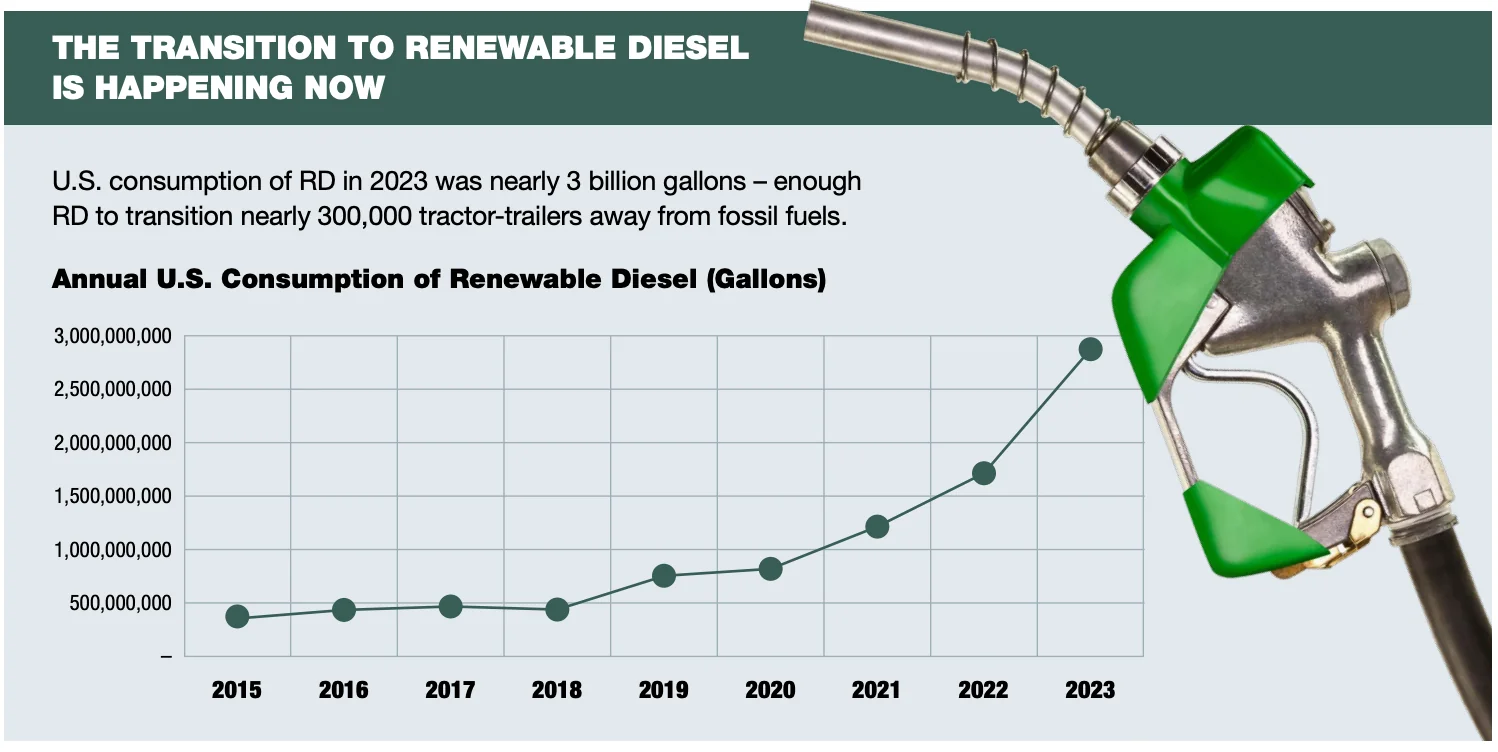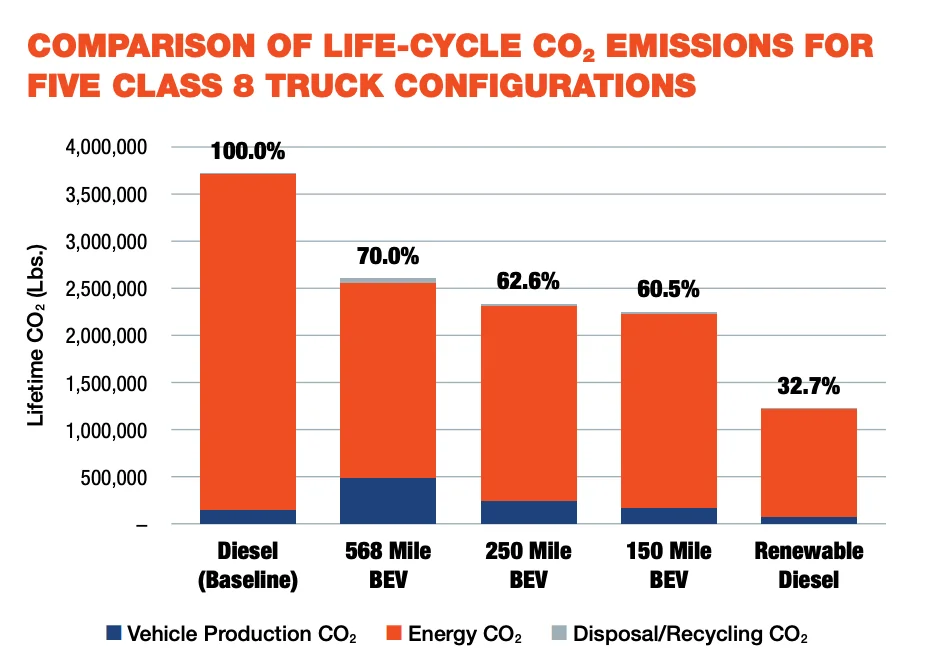
Essential Q & A
May 17, 2024
The NATCO Differential, Part III
June 14, 2024Reduce, Reduce, Reduce

NATCO on Cooking Oil ( ! )
The march toward reducing CO2 emissions in our industry is moving forward, in fairly dramatic ways.
At issue is the pollution from diesel-powered vehicles. Diesel burns dirty. According to the U.S. Energy Information Administration:
“In 2022, diesel (distillate) fuel consumption accounted for about 25% (464 million metric tons) of total U.S. transportation sector CO2 emissions and about 10% of total U.S. energy-related CO2 emissions.”
Addressing the problem, the fuel industry has been developing multiple alternatives to diesel. The list is eyebrow-raising in possibilities. Andrew Cullen, senior VP of fuels and facility services at Penske, says:
“When we look at all of this from a fleet perspective, it … seems like fleets are faced with this dizzying array of options to not only meet regulatory requirements but to meet their own sustainability goals or their customers’ sustainability goals.”
Somewhere down the road and in the tank, winners will emerge in this pretty healthy competition for cleaner fuel. Note to file: the winner isn’t always the most viable or economical, and in this case it may not provide the cleanest mass-produced fuel possible. A lot depends on supply-and-demand variables, on marketing strategies, and on consumer adoption.
Still, the net results have many advantages, including:
Fewer emissions. There’s an average of 65% reduction in carbon intensity with renewable diesel compared to petroleum diesel.
Flexibility. Renewable diesel can fully replace diesel or be blended with diesel, which is especially advantageous in a transitional environment.
Compatibility. Renewable diesel doesn’t require vehicle engine rebuilds or replacement.
Renewable diesel is “chemically identical” to petroleum, and that’s what allows it to be mixed with standard fuel. It’s typically derived from used cooking oil, soybean oil, corn oil, canola oil, and tallow.
That’s promising progress . . .

Chart: American Transportation Research Institute

Chart: American Transportation Research Institute
